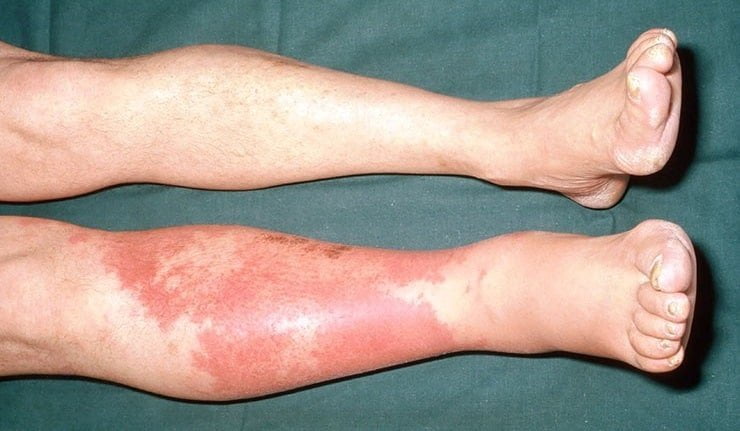What is Cellulitis?
Cellulitis refers to a bacterial infection affecting the inner layers of the skin. This infection’s most common bodily sites are the legs and the face. Without immediate treatment, this infection can go through all layers and spread to important tissues of the body. A bacteria known as staphylococcus triggers this condition.
Symptoms
The following are the signs of cellulitis:
- Redness of the skin
- Swelling of the skin
- Pain in the infected area
- Fever or chills
- The appearance of red spots
- Tenderness of the skin
- Skin dimpling
Fever may be associated with cellulitis infection along with symptoms like nausea, vomiting, and headache.
Risk Factors
The following factors explain an individual’s susceptibility to cellulitis:
- Diabetes/varying blood sugar levels
- Leg edema
- Obesity
- Fungal infection
- Break on the skin
- Eczema
- Psoriasis
Your healthcare professional will identify the presence of cellulitis by examining the infected area. Tests like erythrocyte sedimentation ratio are also available to identify the condition.
How is this infection associated with diabetes?
As mentioned, diabetes is one of the leading causes of cellulitis. When an infection appears on the foot while dealing with diabetes, there is a big chance that cellulitis may develop. This is evident in the slow-healing wounds if you have diabetes. Without the necessary immediate treatment, the condition can lead to foot amputation.
One of the main reasons why individuals with diabetes are often advised to take extra care of their feet is because cellulitis can develop there. This also explains why they recommend regular foot examinations along with managing your blood sugar levels. If, in any case, you accidentally obtain a wound or scratch on your foot, clean it immediately and dress it well. You also need to apply topical creams or antibiotics to assist in healing.
Prevention
These measures will help you prevent acquiring cellulitis:
- Always wash your feet.
- Use sanitized clippers, pedicure and nail-care products to avoid infection if you get wounded.
- Always wear socks.
- Choose comfortable footwear to avoid injury
- Always examine your feet and report to your doctor if any wound takes more than a week to heal.
- Consult your healthcare professional and inquire about complications related to diabetes. This way, you can better prepare yourself and get treated immediately.
Doctor’s Recommendation
To lower your risk of cellulitis, clean and treat cuts, bites, and wounds right away. Practice good hygiene, wash your hands often, and wear clean clothes. Avoid scratching and keep your nails short. Moisturize to prevent dry skin, and protect your skin with gloves and long sleeves when gardening. Maintain a healthy weight, avoid smoking, drink alcohol in moderation, and manage other health conditions. If you have diabetes, exercise, follow your medication plan, and keep blood sugar stable to reduce infection risk.



